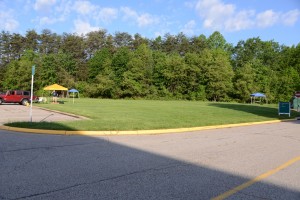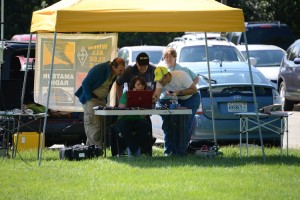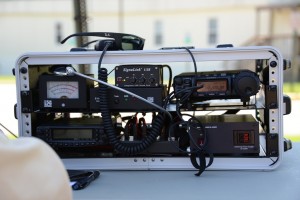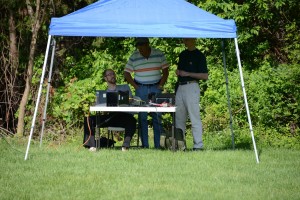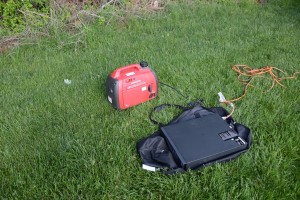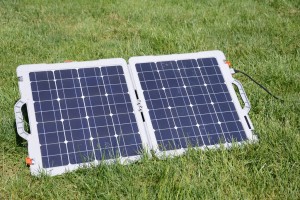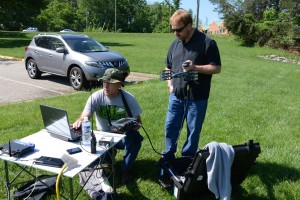On Saturday, May 17, 2014, PWCARES will take to the field for a digital exercise during our normal training interval. The slide deck is here:
We will set up on the grassy area between the parking lots for McCoart and Owens. This is a surface only setup – no spikes, stakes, or burrowing animals please.
The plan is this:
- Set up (8:30 – 9:30)
- Briefing (9:30 – 10:00)
- Exercise (10:00 – 11:30)
- Hotwash and cleanup (11:30 – 12:30)
I will provide 3 pavilions, three tables and three operation position chairs. If we want more sites/operating locations, someone will need to help with the gear. We set up, do some digital work with voice sync and see what we can do. Digital will be on 2m and voice coordination will be on 440. There is no power, so bring batteries and anything else you think you will need to operate.
We will operate under the assumptions laid out in the digital meeting outbrief. This is an active deployment and all Amateur operators are encouraged to attend.
Q. Who is setting up a station?
A. We will divide up into three or so teams and each team will set up a station (or two) as a group.
Q. Where will be getting the gear?
A. This is a good chance for everyone to exercise their field kits. If you have a digital station, please bring it and the necessary gear to operate in the field. If you don’t, that’s OK too. Everyone will get a chance to operate. Please bring an HT (if you have one) with 440 as well to coordinate.
Q. What about power?
A. Again, this an opportunity to exercise your equipment, so bring your own power. That being said, David, KG4GIY will bring a couple of batteries and Spenc has indicated he will bring a generator and an extension cord or two.
Q. What sort of digital will we be testing?
A. Primarily we will be testing fldigi, with flmsg. Derek has indicated he would like to do some broadband-hamnet (ex HSSM) as well. If you are interested, bring that gear along as well. BBHN please coordinate over the digital list so you have what you need.
Q. Do stations have to have the required software/hardware?
A. It will be the responsibility of those bringing digital stations to have them preconfigured with the FLdigi software and appropriate hardware to operate on at least 2m.
Q. Who is going to man EOC?
A. No one. We will not use the EOC for this exercise.
Q. Is there a message packet for the stations?
A. The primary goal for this exercise is to at least get the stations to talk to each other (and while that may seem like a trivial goal, I think it will take the bulk of our time to get to that point). If we can send messages after that, so much the better. I have a group of messages that we can use.
Q. I really like the parking lot idea.
A. Before we go long, we need to make sure we can work. It is frustrating enough to get connectivity working, much less when you cannot ask a more knowledgeable person to come look and see what you did wrong.
Q. FLAMP works great on any of the digital modes/bands but with solid signals may not be required. FLAMP works great for file transfer and beacon/ multiple general broadcast of message forms.
A. Again, one step at a time. If we can get connectivity, then we will move on to the more complicated stuff.
Q. FLNET it may assist us in running the net.
A. It might. I will see how much work there is in setting it up.
